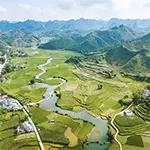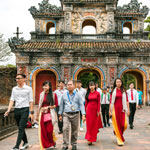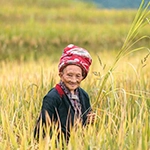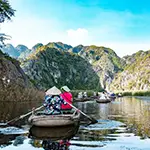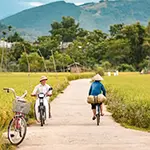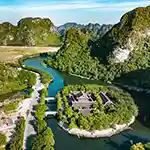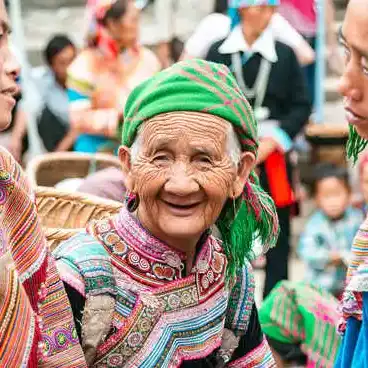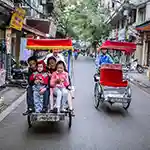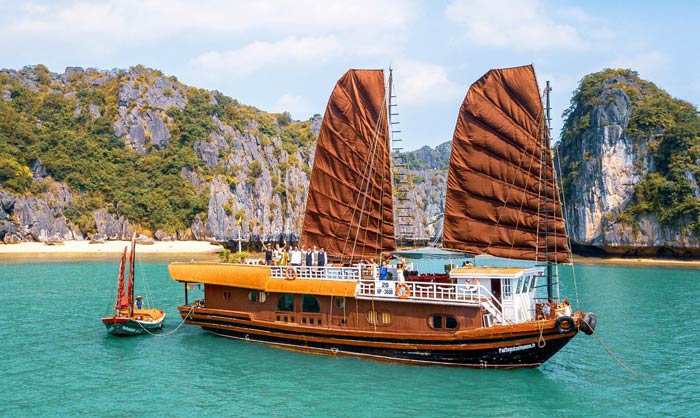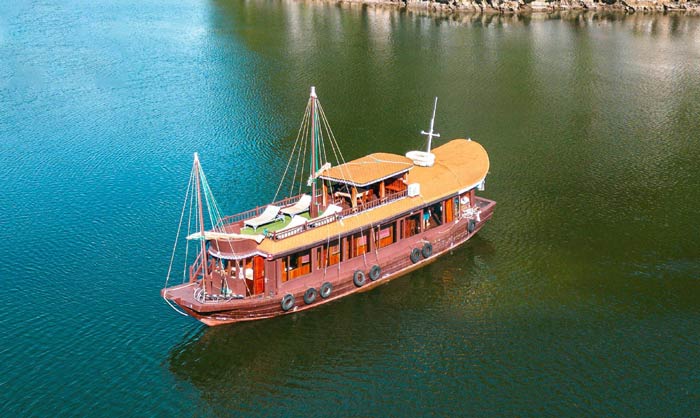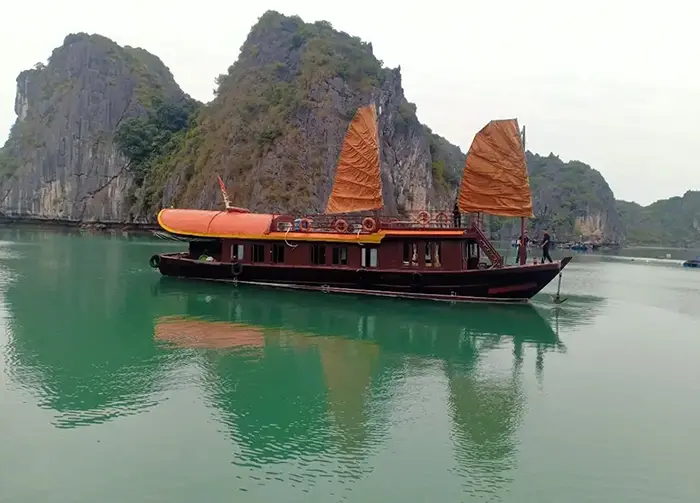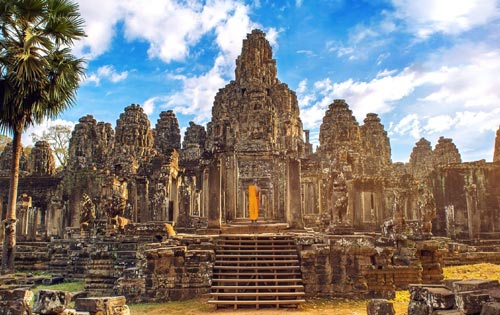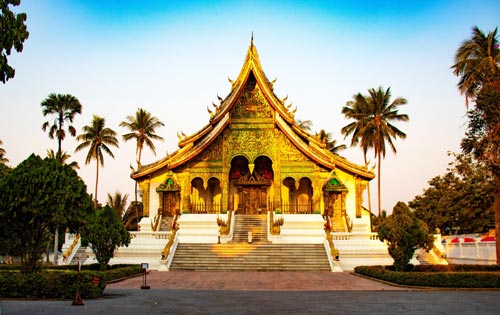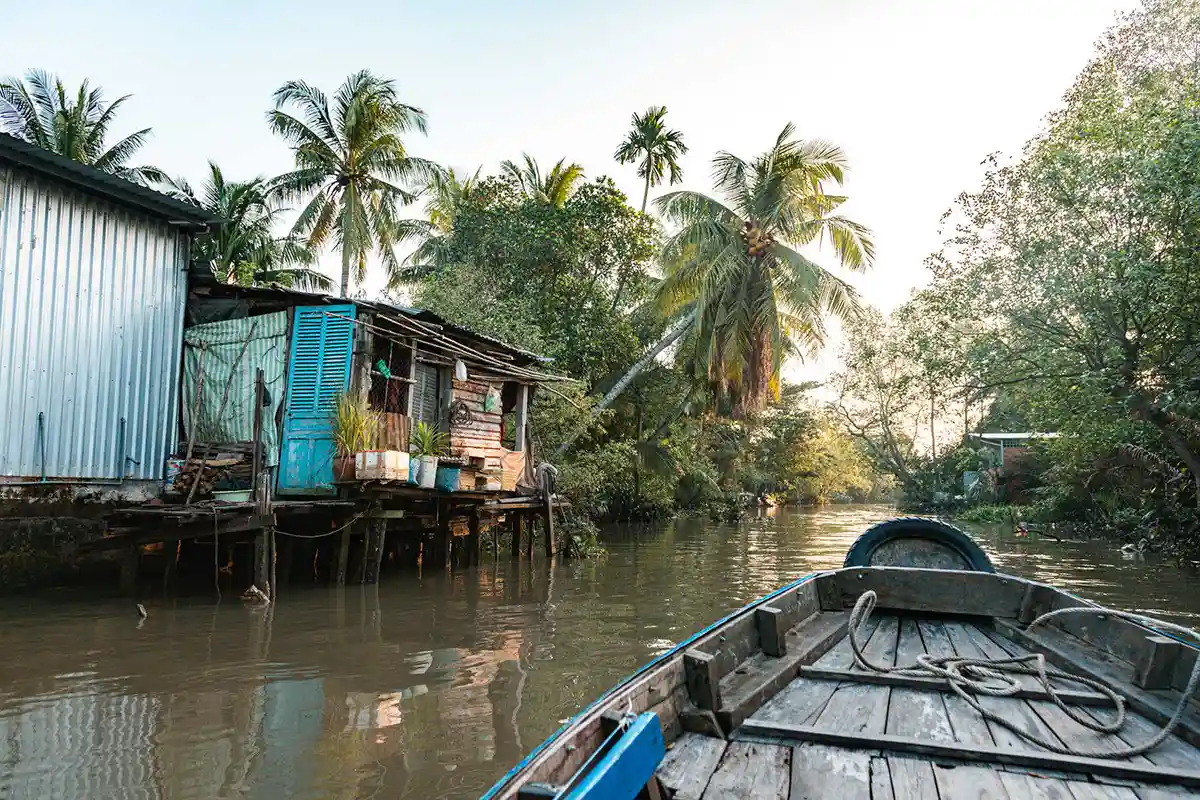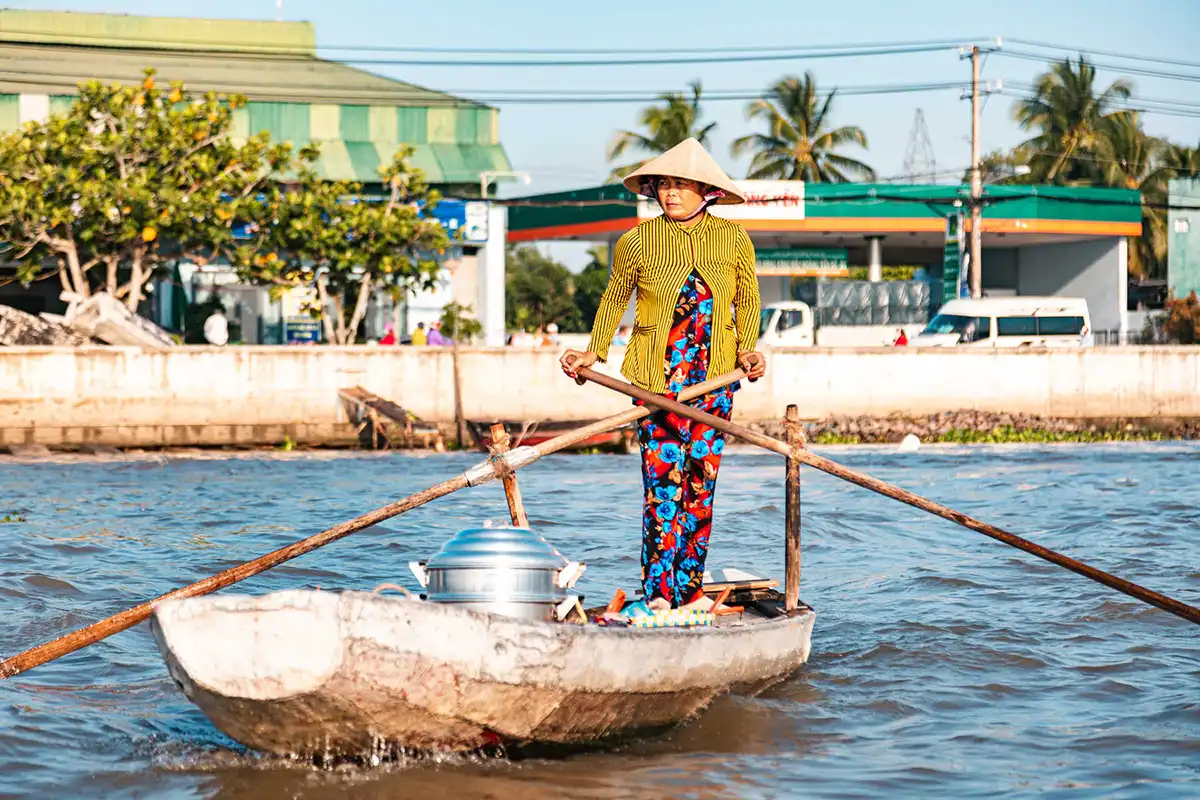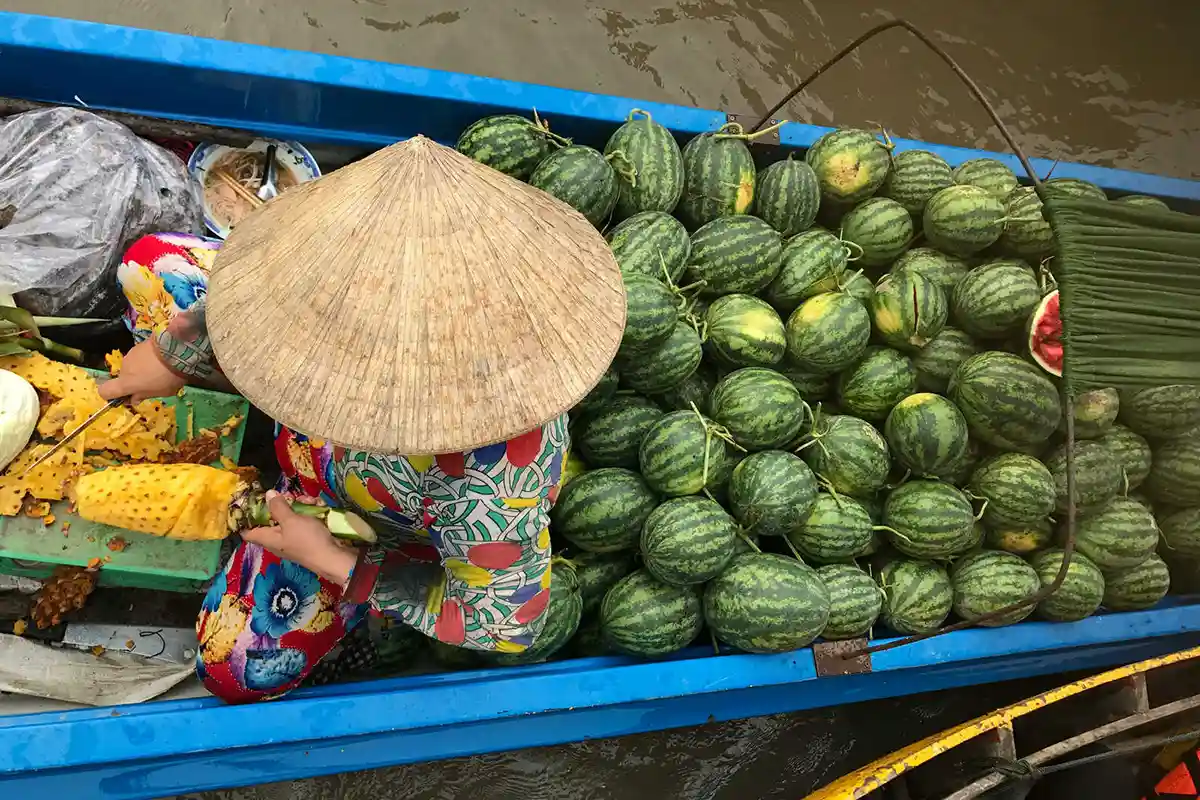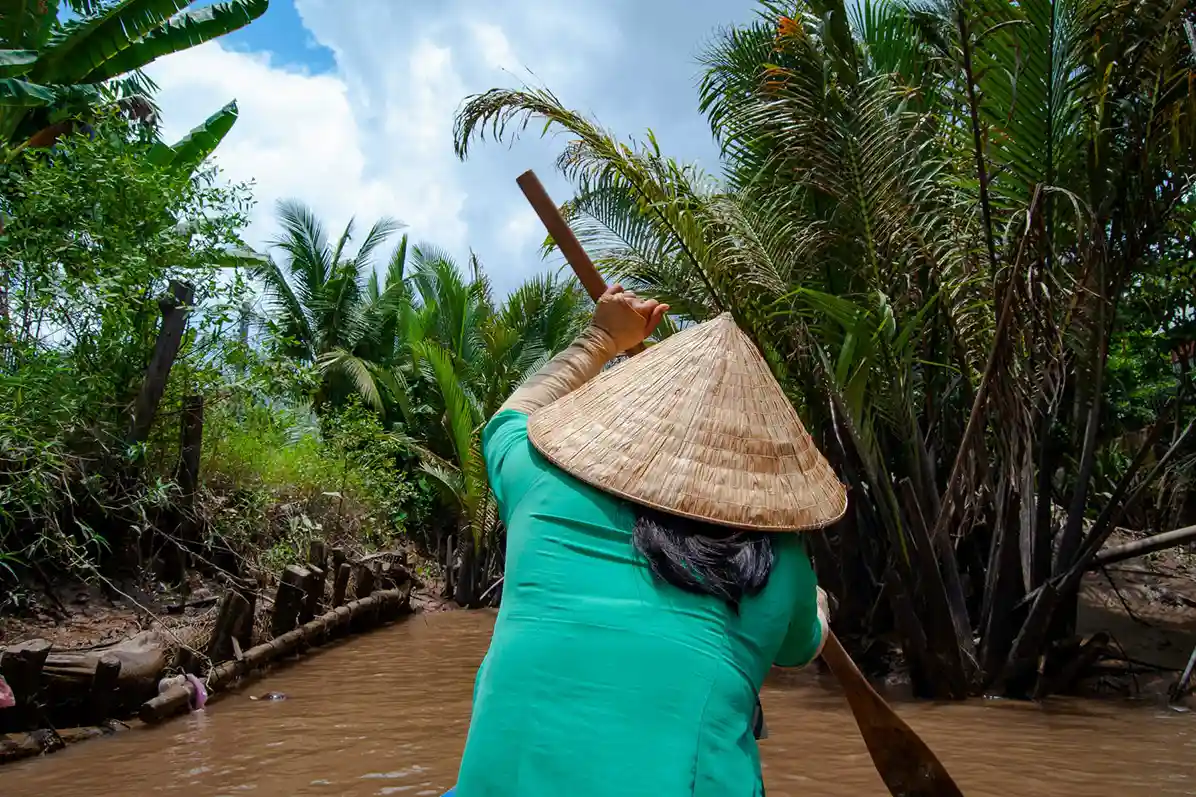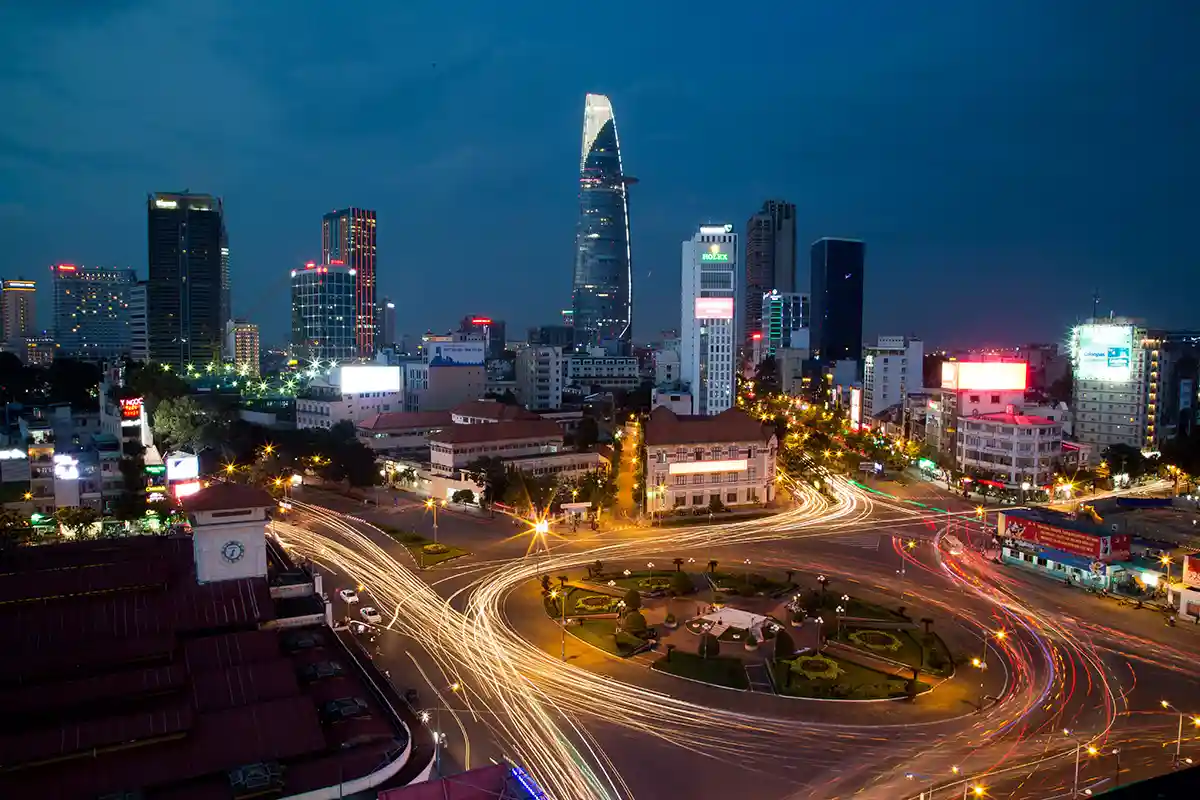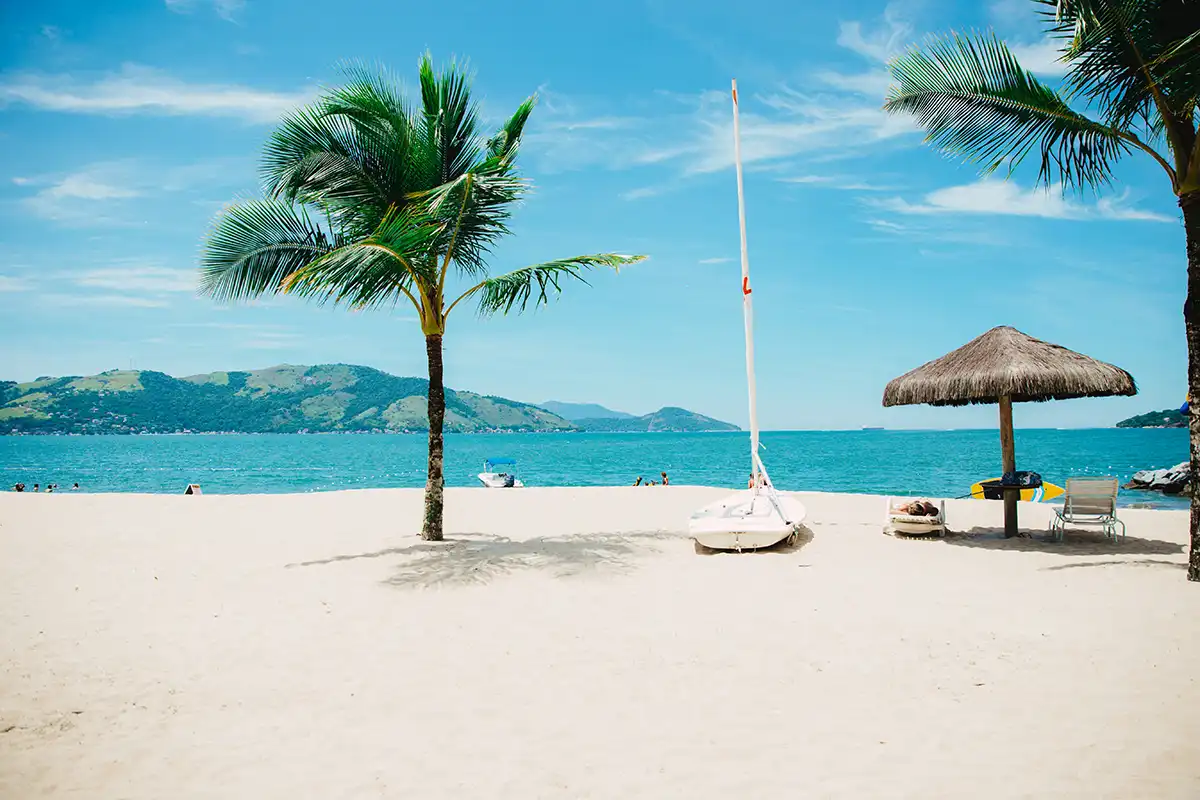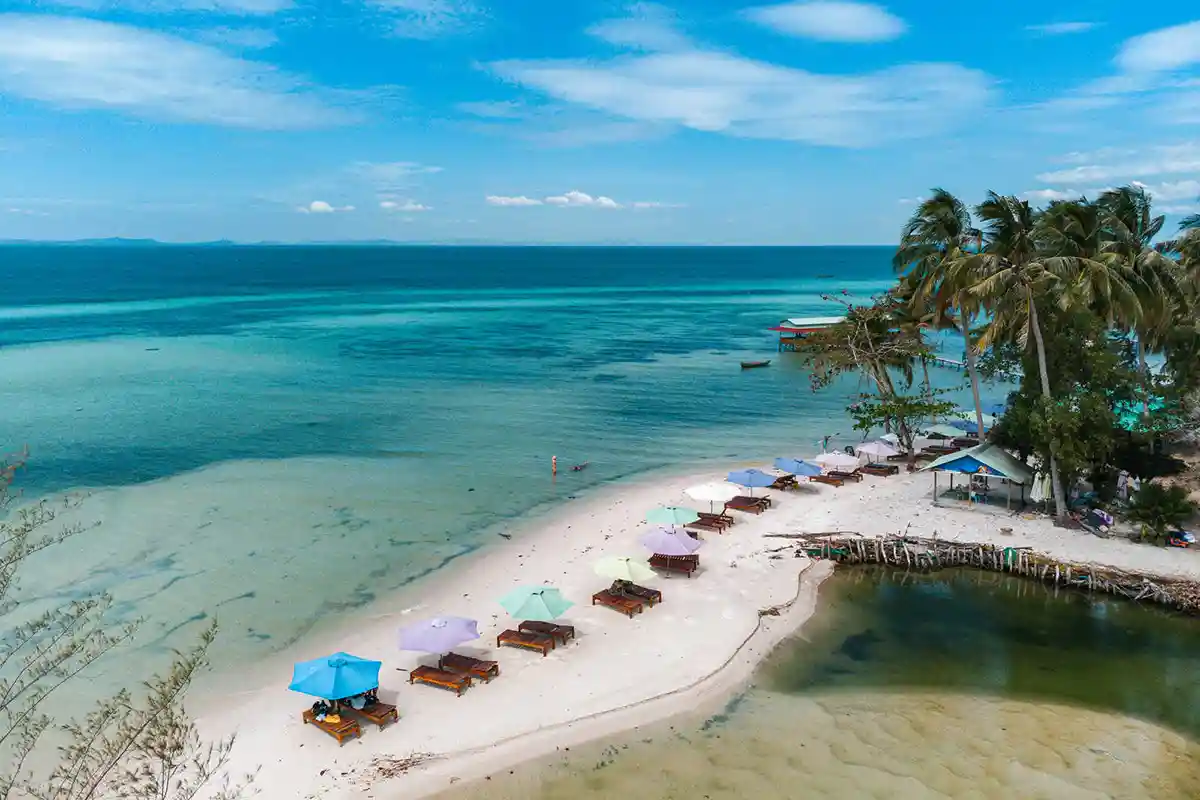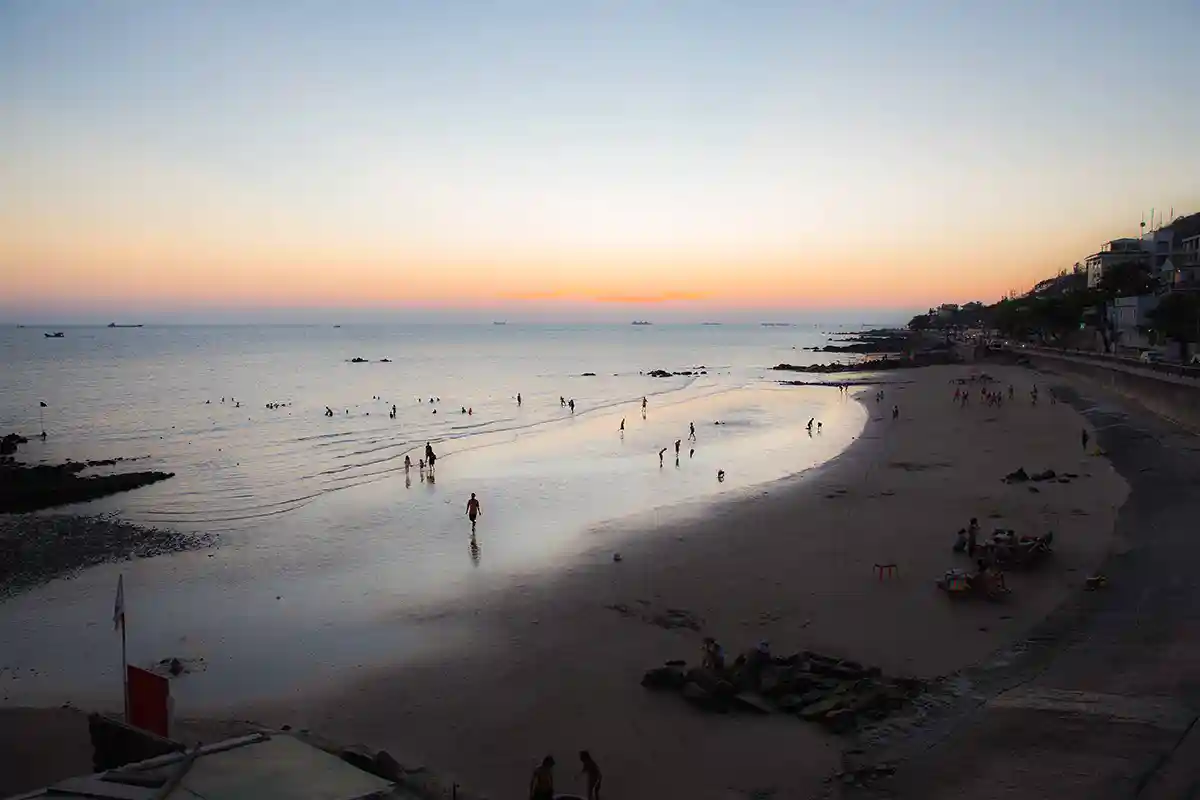・Southern Vietnam Tours・
Explore Southern Vietnam with your English-speaking guide
Continuing further south in Vietnam means witnessing the country gradually transform — its language, its cuisine, its landscapes, and even the appearance of its people, shaped by diverse and varied influences. Unlike in the North, the great Chinese neighbor did not leave as strong a mark here; instead, one finds significant traces of the Champa and Khmer civilizations.
This part of the country is divided into three main “regions”: the Central Highlands, still little known, with cities such as Buon Ma Thuot or Dalat; the nation’s economic capital, Ho Chi Minh City (also known as Saigon) and its surroundings; and finally, the Mekong Delta, a densely populated area and the country’s true “rice bowl.”
Let’s not forget the islands, perfect for ending your trip in the best conditions — for example, Phu Quoc or Con Dao.
Take a look at our tour ideas and contact us to customize them.

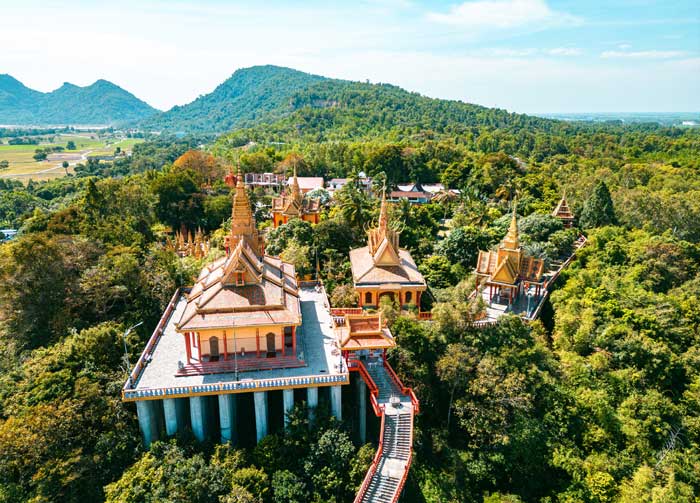
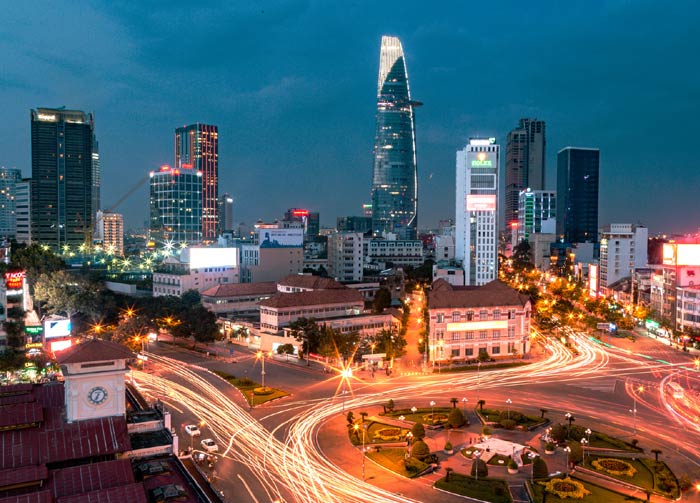
Our tours packages in Southern Vietnam
Embark on a private 3-day journey to explore an authentic Mekong Delta, far from mass tourism, visiting Ben Tre and Long Xuyen.
Discover the Mekong Delta in depth through this 3-day tour that will take you to Tra Vinh, Can Tho, and Xeo Quyt.
Mekong Delta Essentials – 2 Days: Cai Rang Floating Market, Ben Tre Coconut Groves, and Authentic Homestay on Thoi Son Island
Discover the Mekong Delta with this 1-day tour. Get straight to the essentials by visiting My Tho and Ben Tre.
1-Day Ho Chi Minh City Tour: Notre-Dame Cathedral, Eiffel Central Post Office, Reunification Palace, colorful markets, and Chinatown.
Southern Vietnam travel tips
The country’s recent conflictual history, its diverse influences, climate, and cuisine… many factors highlight — or even accentuate — the differences between Southern and Northern Vietnam. People from the South themselves are always ready to distinguish themselves from those in the North, often with a sarcastic remark about their fellow countrymen! You too, dear travelers, will no doubt notice these differences very quickly. Don’t hesitate to ask our guides on site to learn more!
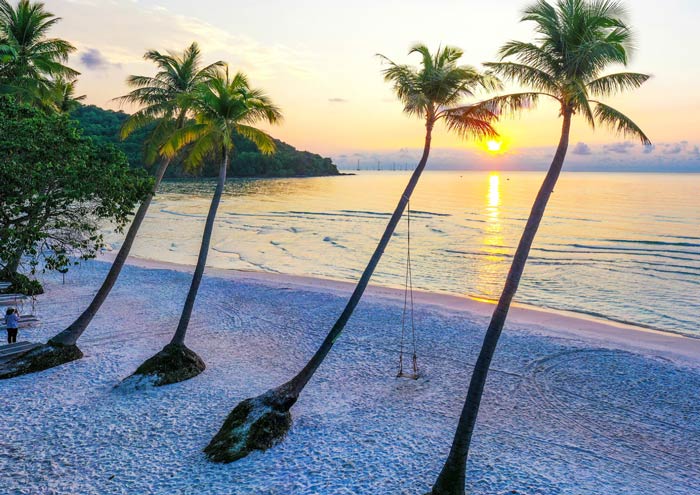
Southern Vietnam Climate
Get ready: it’s hot all year round! Unlike Northern Vietnam, the South experiences very little variation in temperature. The climate is tropical, with two distinct seasons: the dry season from October to May, and the rainy season from June to October. There isn’t really a “better” season: during the rainy months, heavy showers cool the air and evenings become more pleasant. However, it’s not uncommon to see Ho Chi Minh City flooded at this time of year! If you choose to travel then, don’t forget to bring all the essentials (umbrella and rain gear).
Southern Vietnam Specialties
Southern cuisine has been strongly influenced by Chinese, Khmer, and Thai cooking. It is usually characterized by the use of sugar and coconut milk. You will find plenty of seafood (from the open waters) and the use of dried fish in dishes and sauces. Here are some dishes you will almost certainly try: Hu Tieu, a typical Southern Vietnamese noodle soup; Ta Pin Lu, the Southern-style Vietnamese hotpot; Banh Xeo, a rice flour pancake; and Banh Mi, the sandwich now found all over Vietnam. Despite these regional differences, soups and shared dishes remain central to the culinary identity of Vietnam.

Looking to plan a private, tailor-made journey?
Most beautiful destinations of Southern Vietnam
Less mountainous than Northern Vietnam, the South still offers some relief through the Central Highlands. The city of Dalat sits 1,500 meters above sea level, giving it a unique climate within Southern Vietnam. Further down, the bustling energy of Ho Chi Minh City will surely surprise you, before the waterways of the Mekong River lull you into a more relaxed pace. The landscapes of the Mekong Delta are above all defined by the presence of the world’s 10th longest river. Below you will find our favorite destinations in Southern Vietnam.

